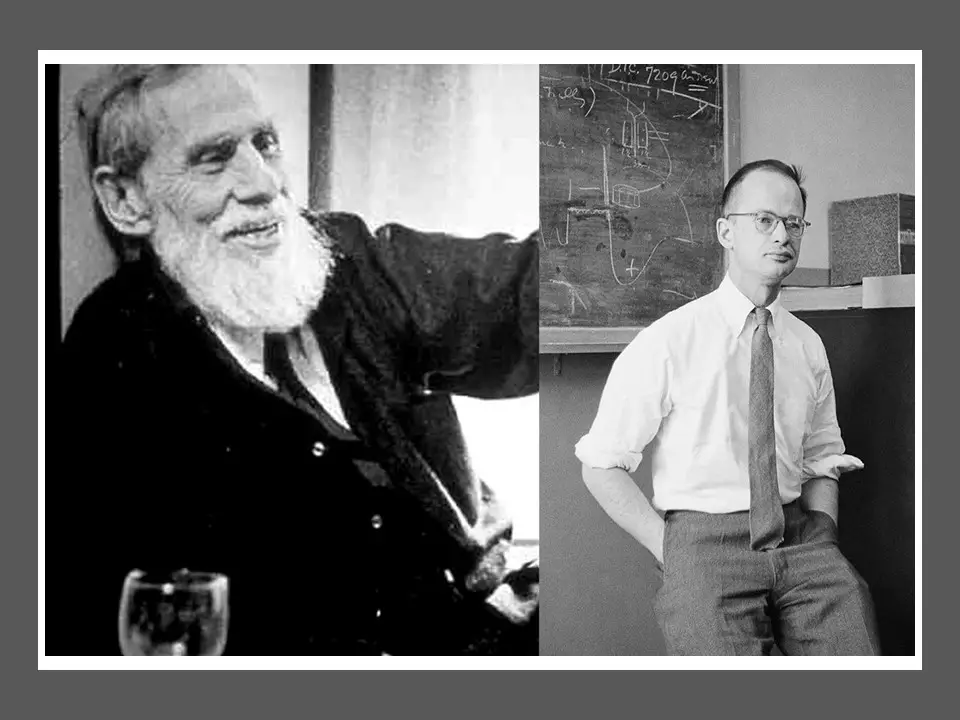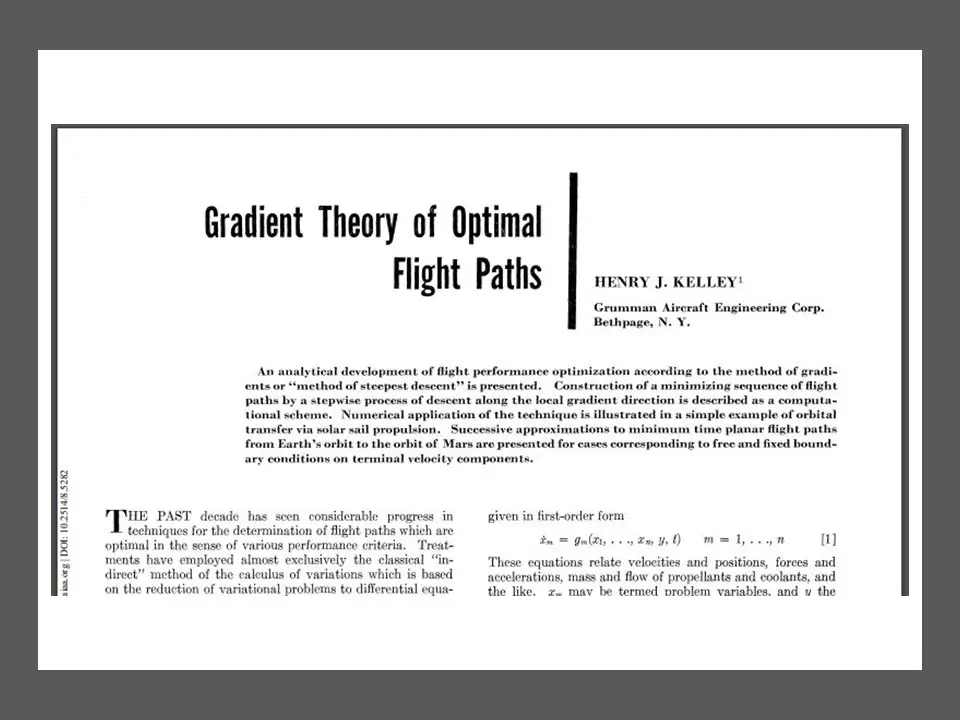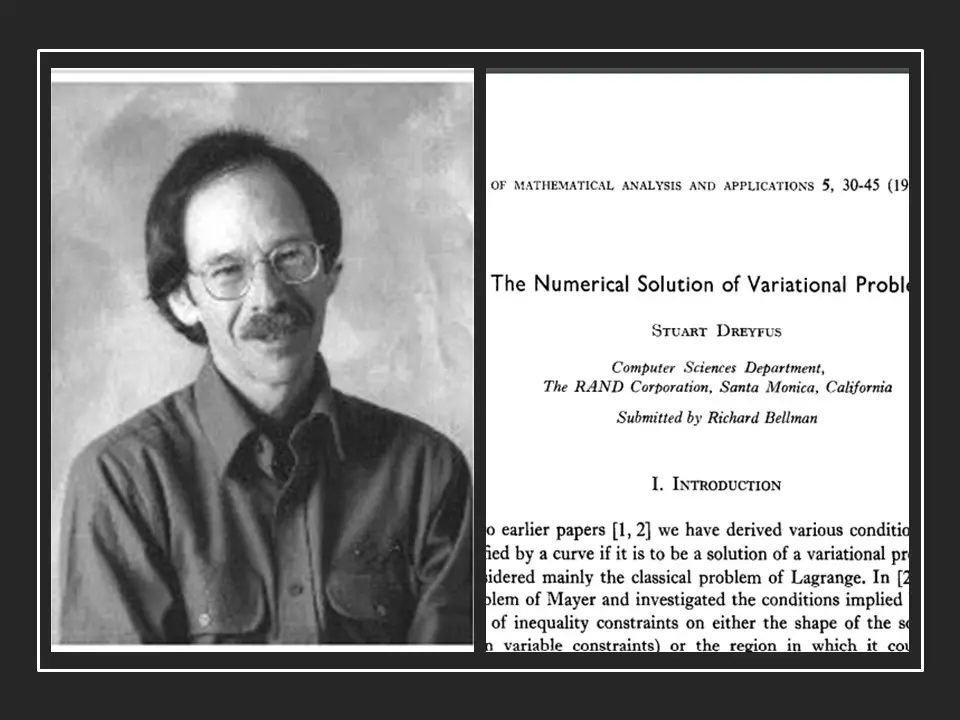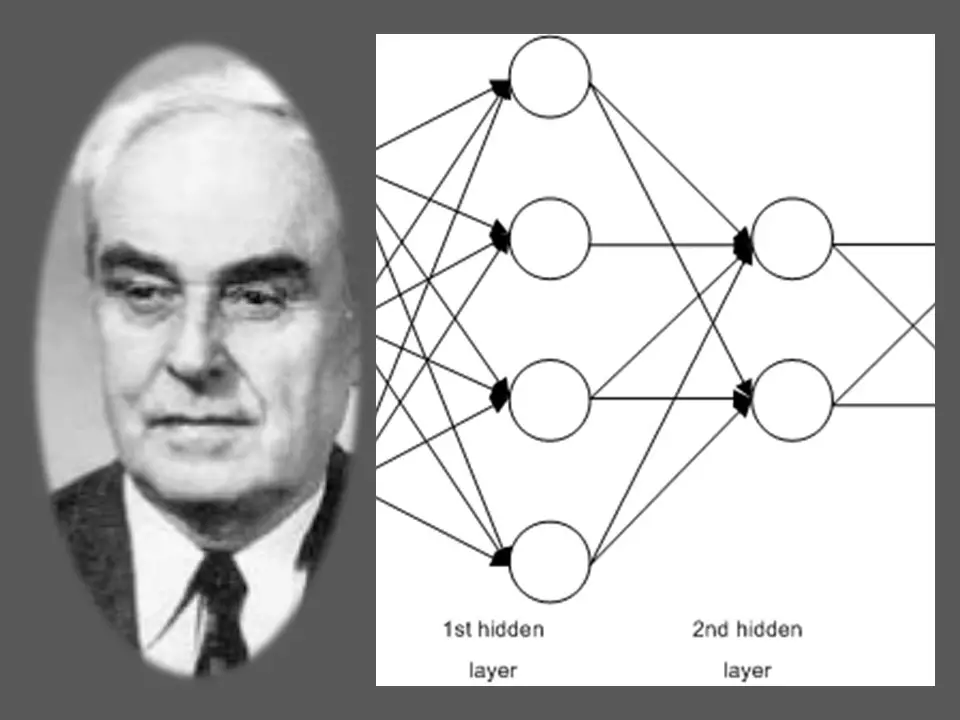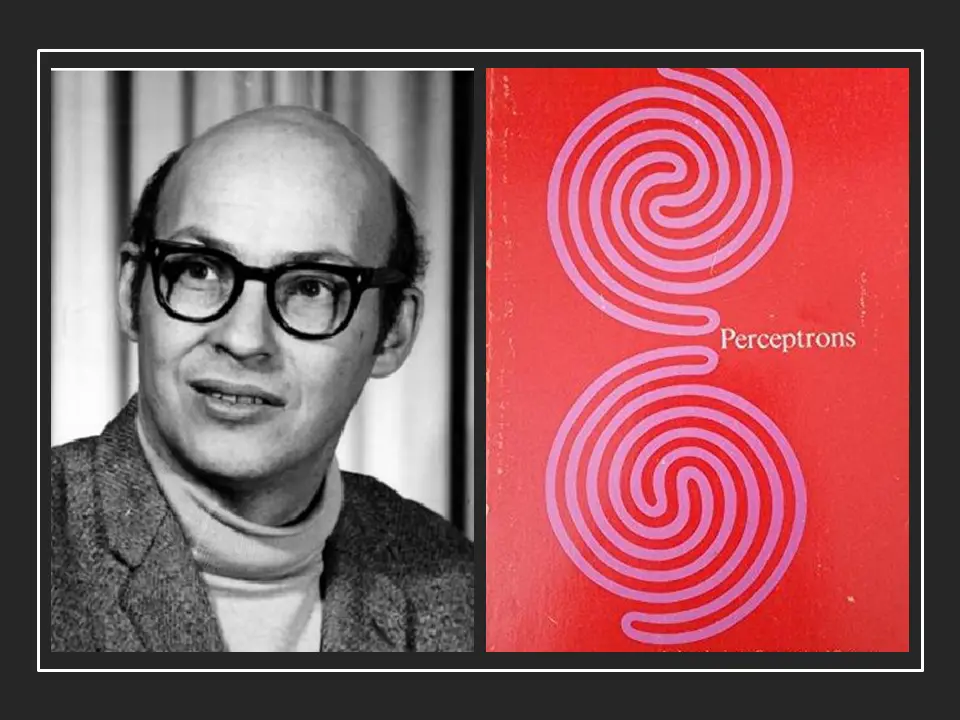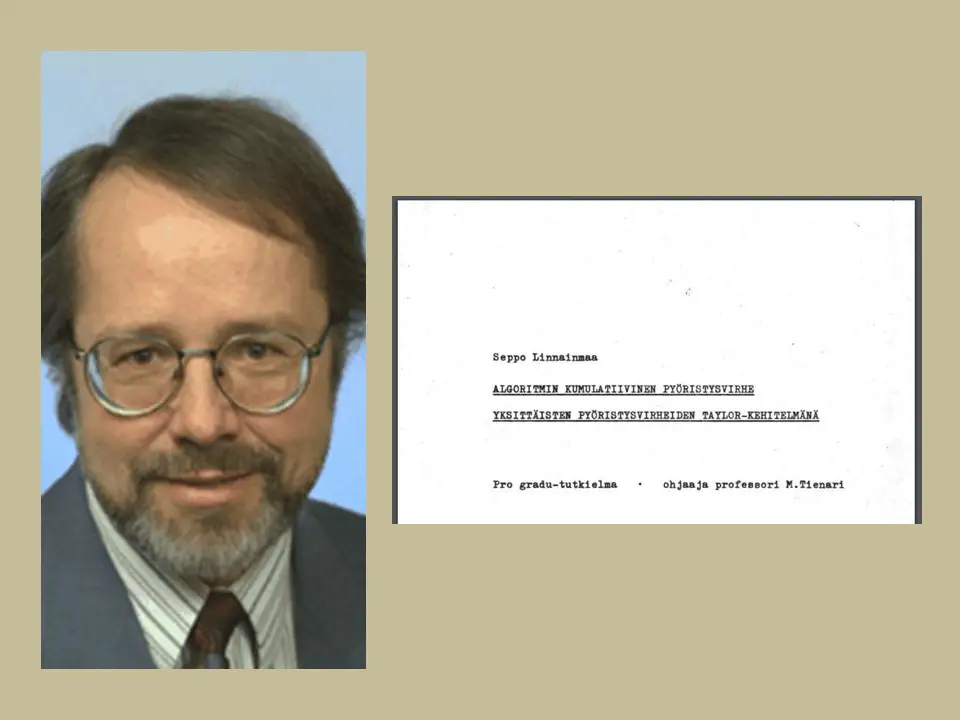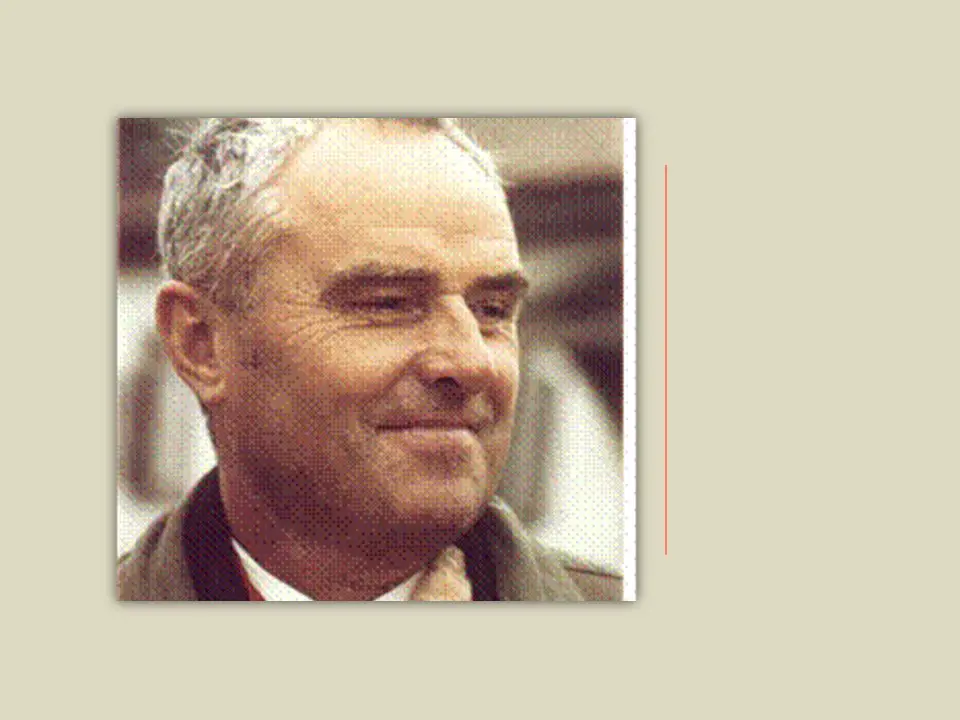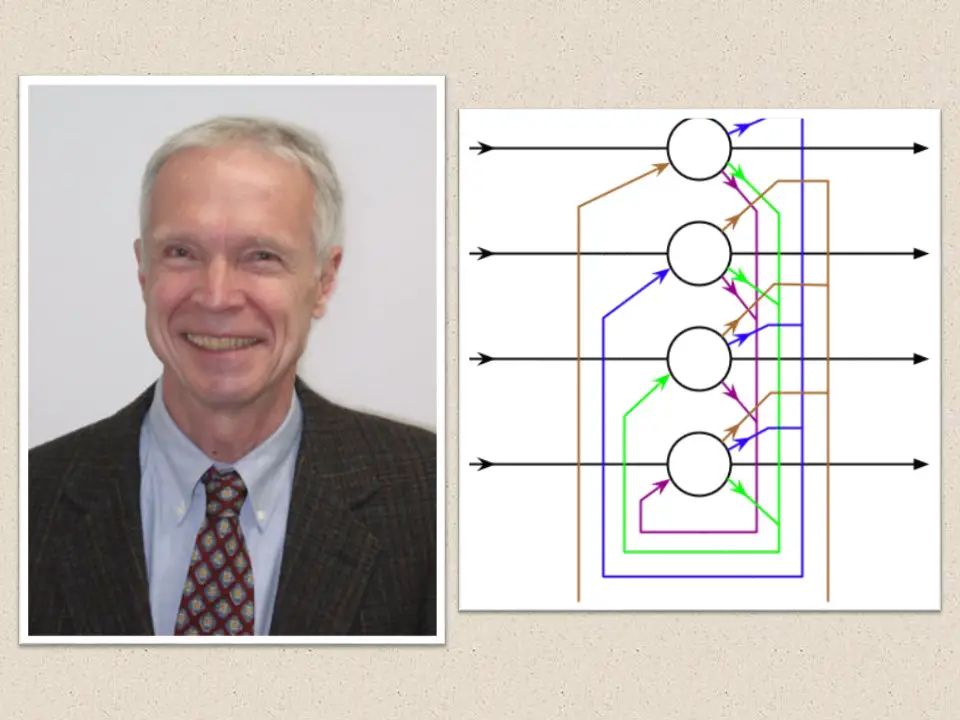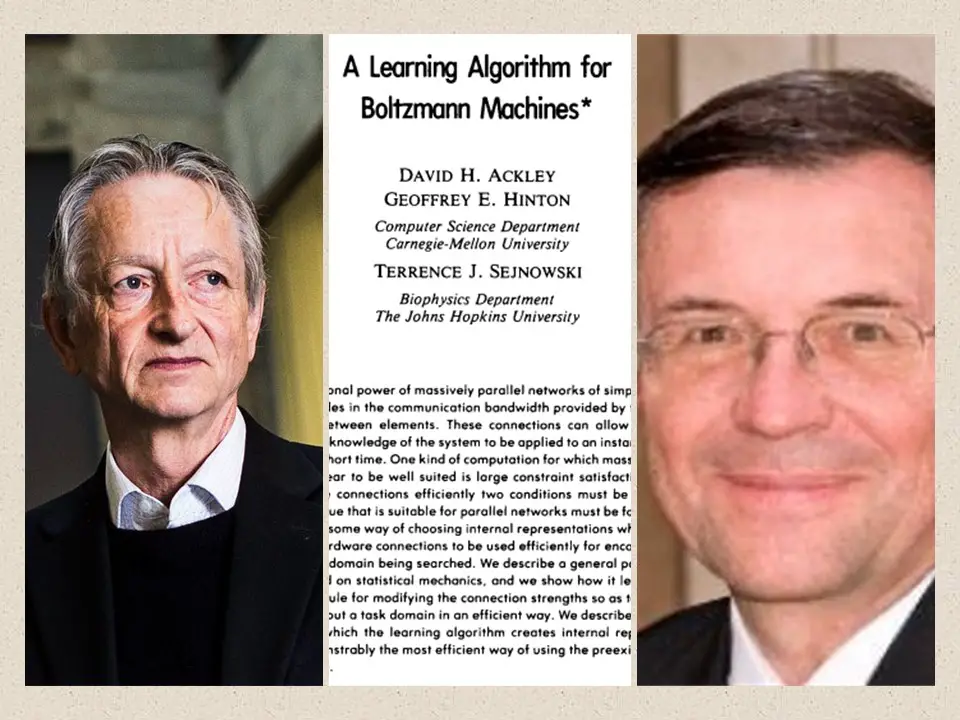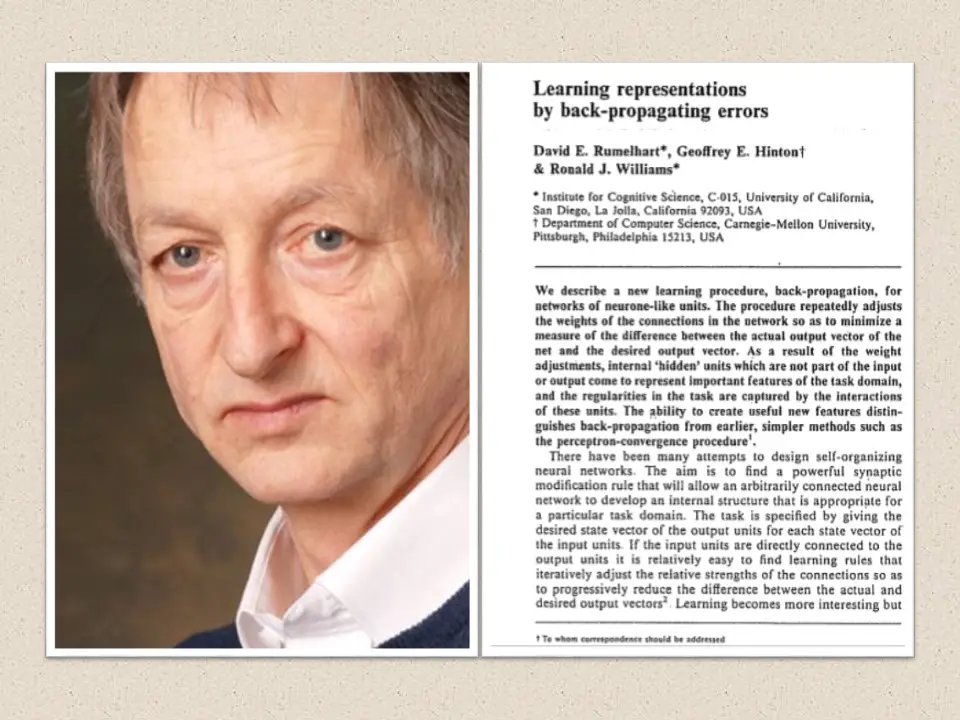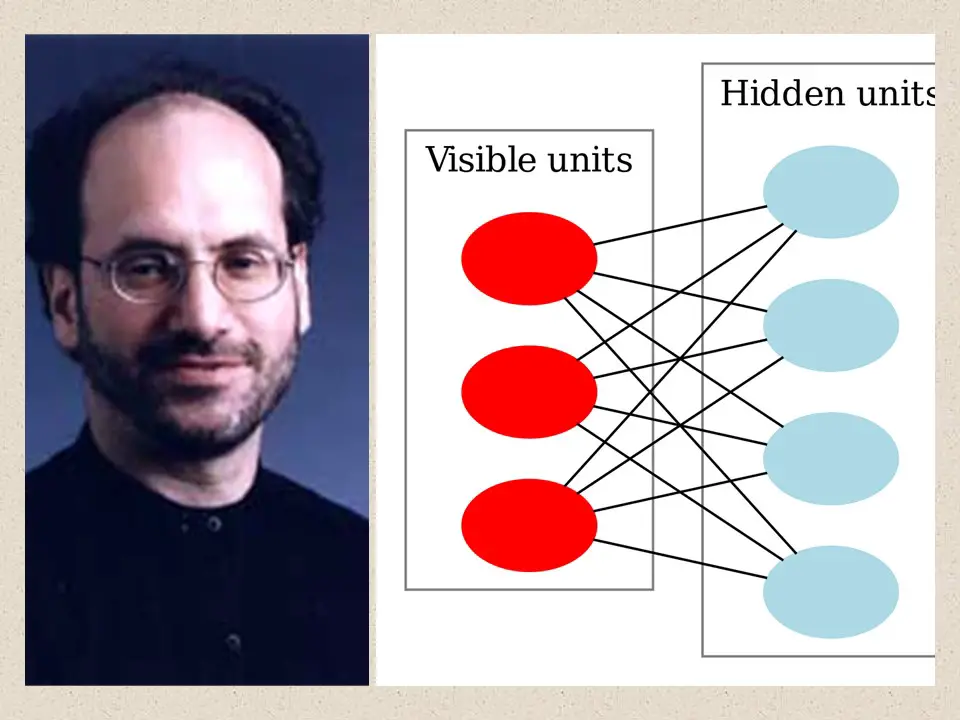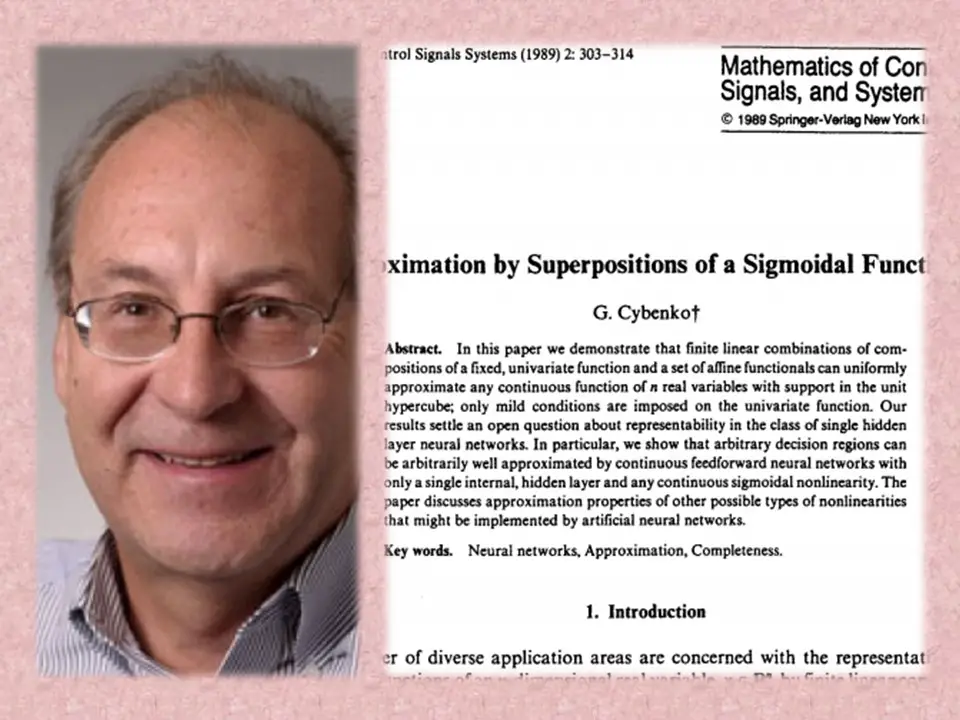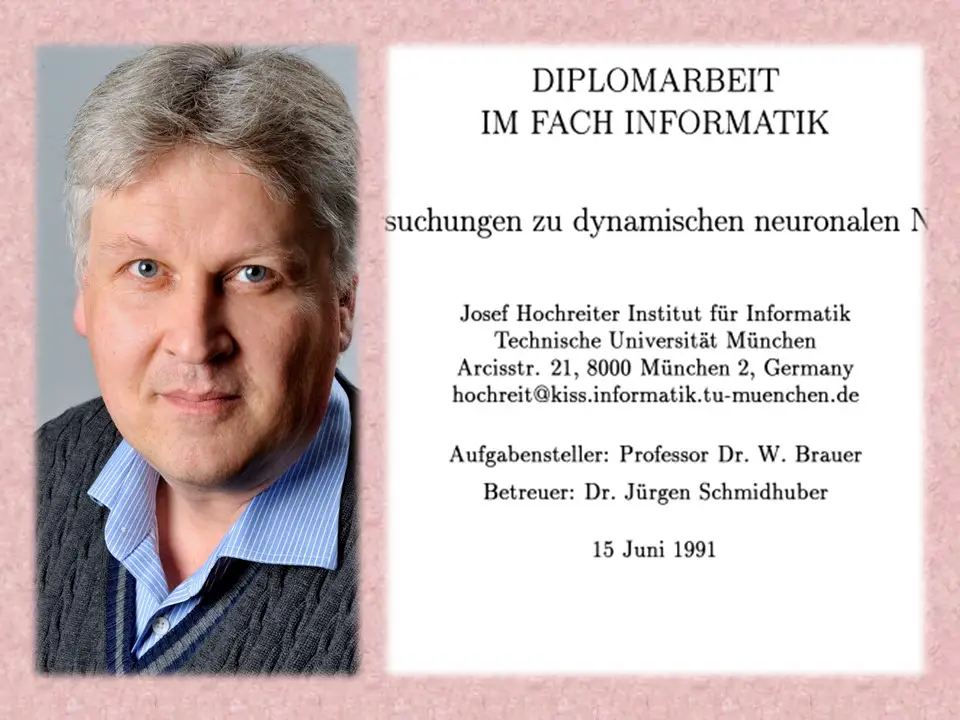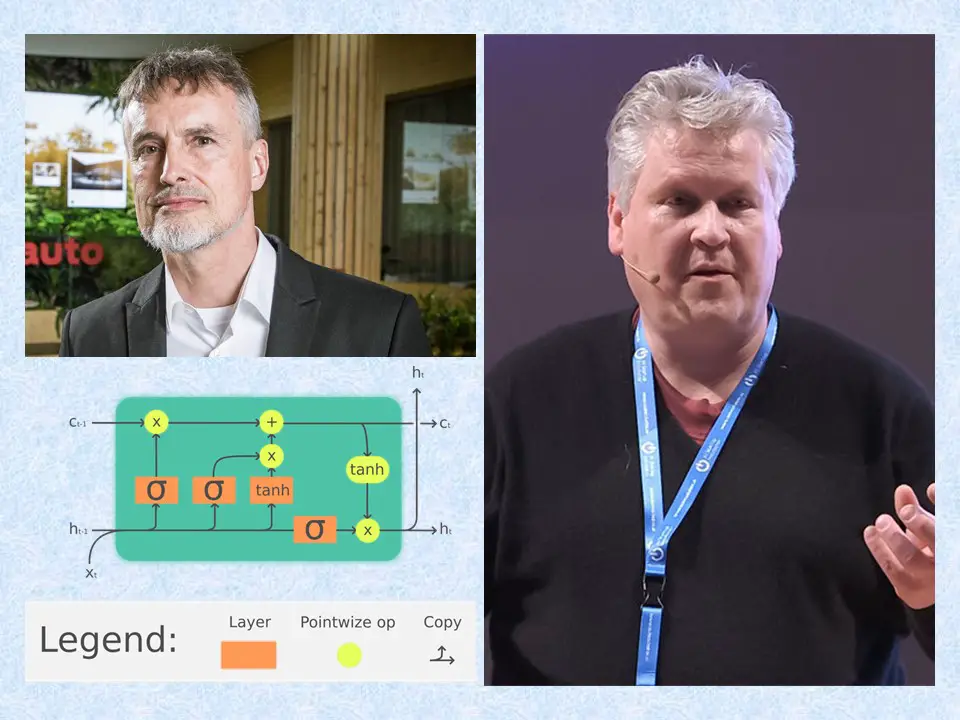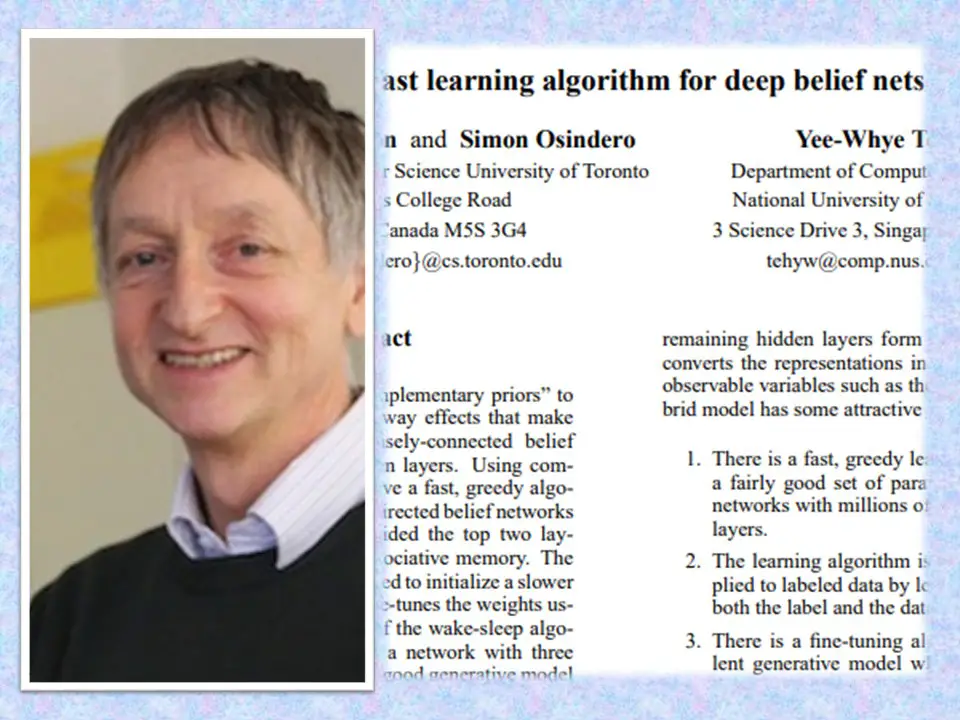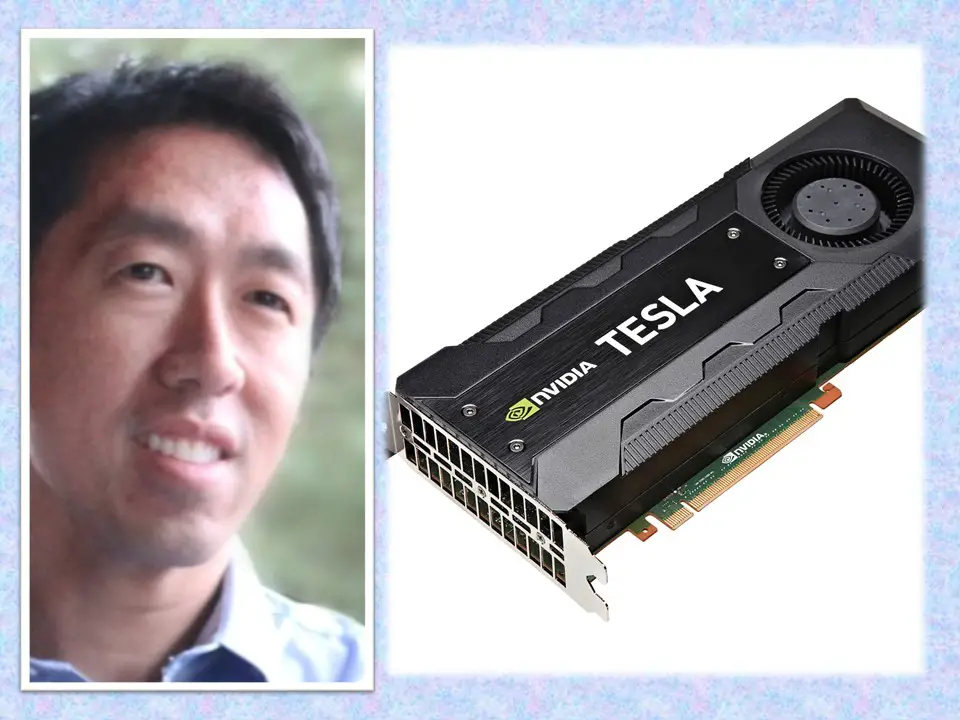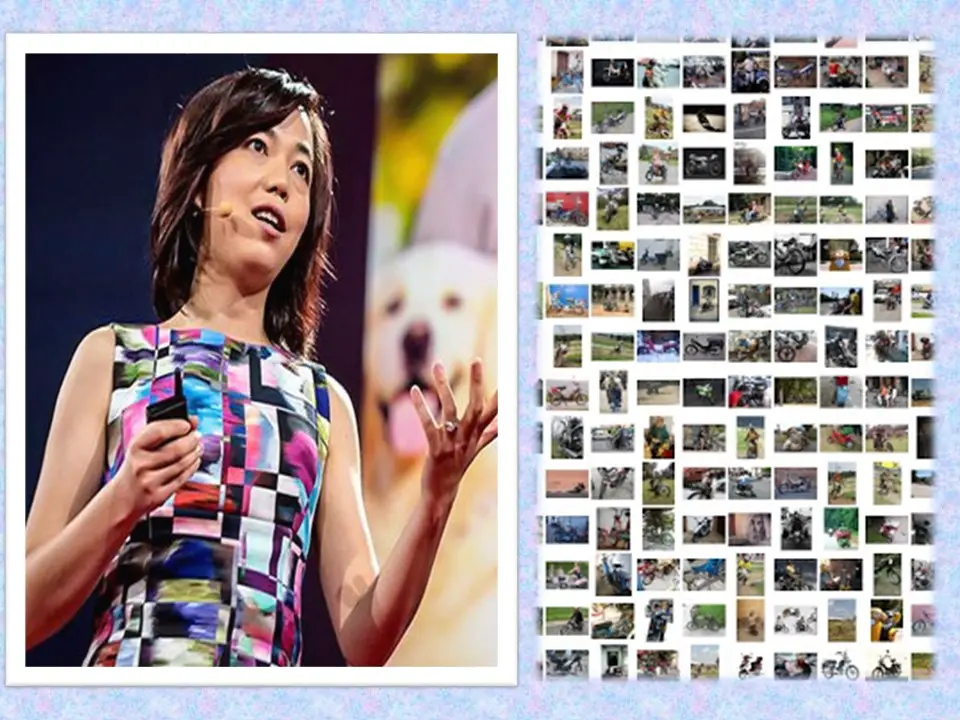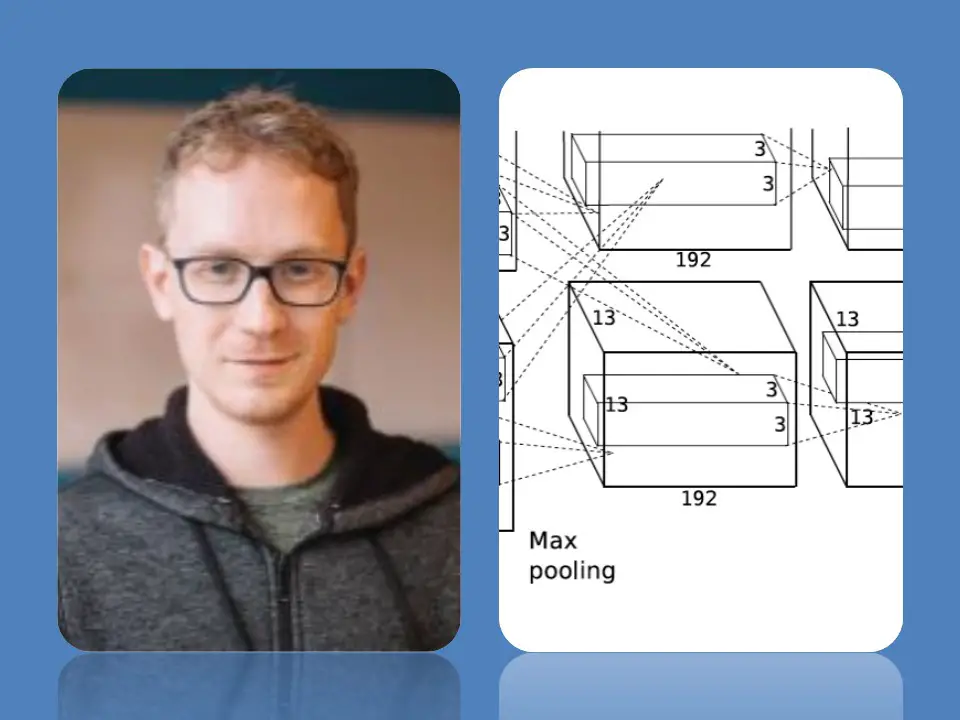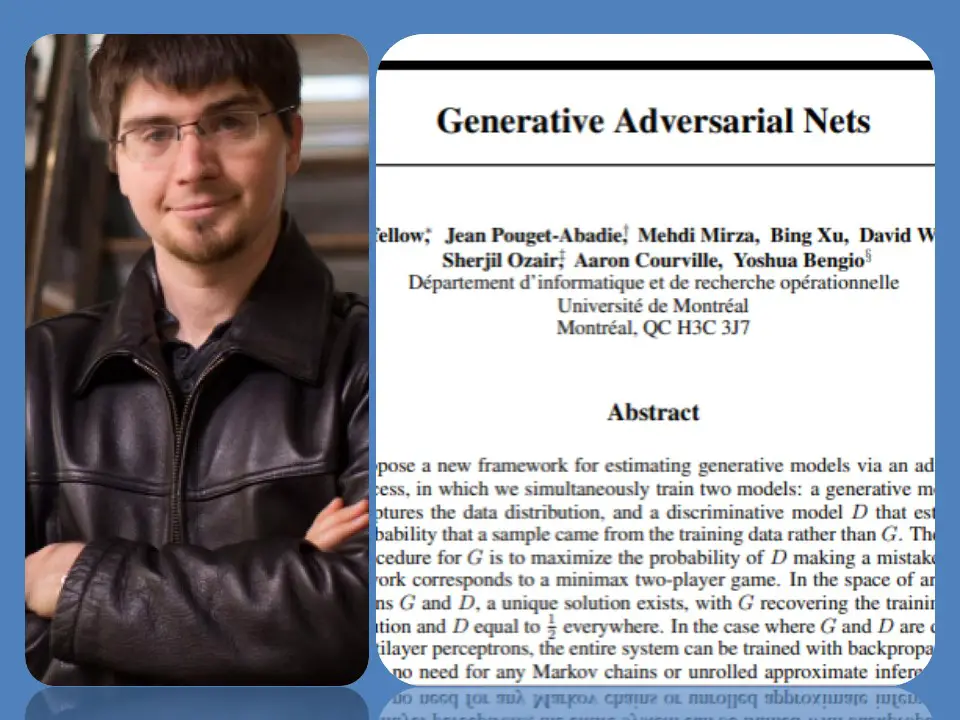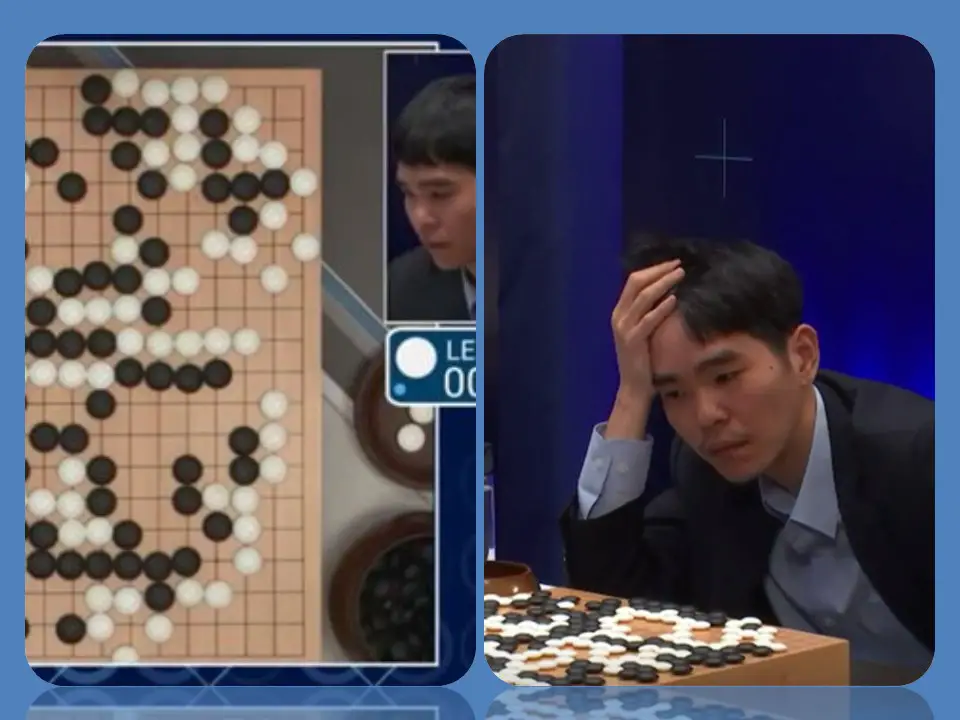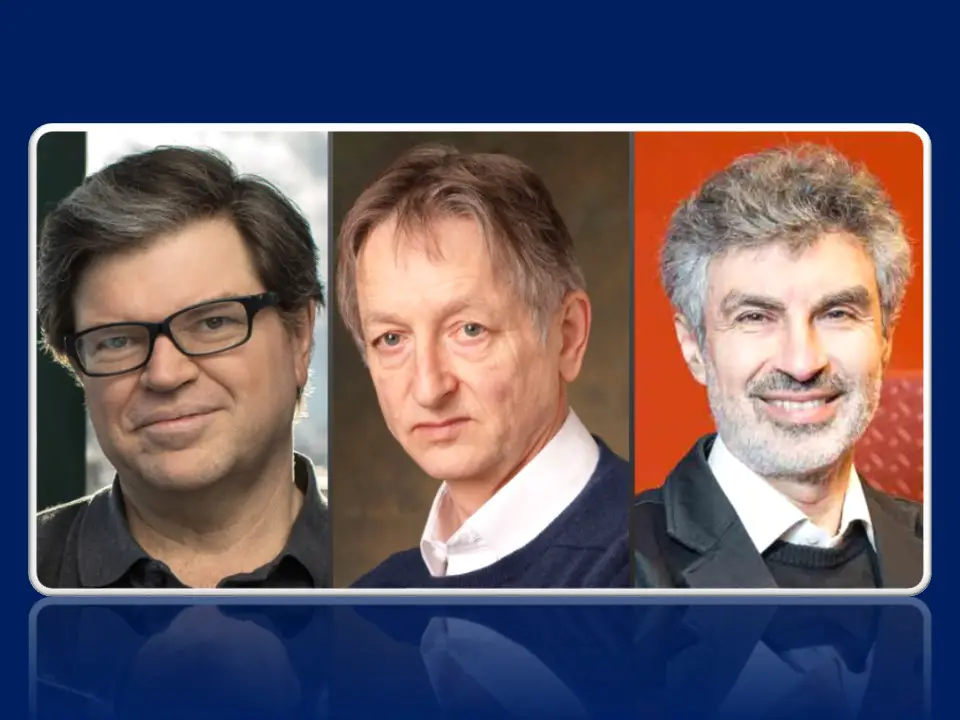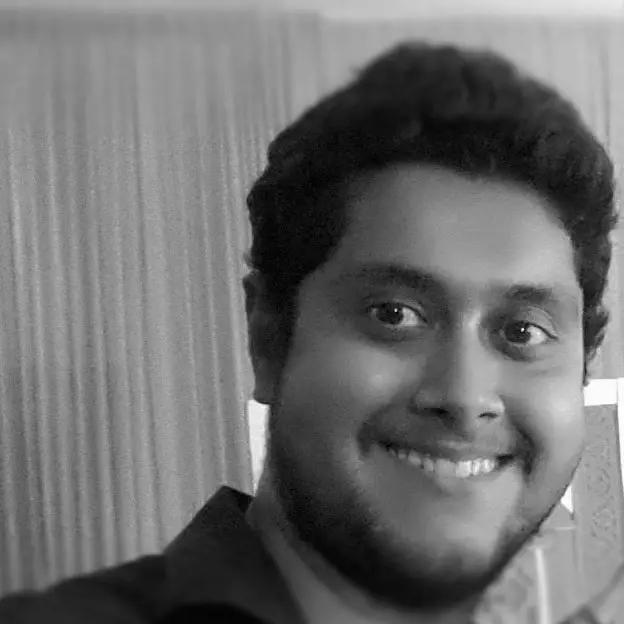Table of Contents
ToggleIntroduction
The world right now is seeing a global AI revolution across all industry. And one of the driving factor of this AI revolution is Deep Learning. Thanks to giants like Google and Facebook, Deep Learning now has become a popular term and people might think that it is a recent discovery. But you might be surprise to know that history of deep learning dates back to 1940s.
Indeed, deep learning has not appeared overnight, rather it has evolved slowly and gradually over seven decades. And behind this evolution, there are many machine learning researchers who worked with great determination even when no one believed that neural networks have any future.
This is our humble attempt to take you through the history of deep learning to relive the key discoveries made by the researchers and how all these small baby steps contributed to the modern era of deep learning boom.
Deep Learning History Timeline

McCulloch Pitts Neuron – Beginning
Walter Pitts and Warren McCulloch in their paper, “A Logical Calculus of the Ideas Immanent in Nervous Activity” shows the mathematical model of biological neuron. This McCulloch Pitts Neuron has very limited capability and has no learning mechanism. Yet it will lay the foundation for artificial neural network & deep learning.
Frank Rosenblatt creates Perceptron
In his paper “The Perceptron: A Perceiving and Recognizing Automaton”, Rosenblatt shows the new avatar of McCulloch-Pitts neuron – ‘Perceptron’ that had true learning capabilities to do binary classification on it’s own. This inspires the revolution in research of shallow neural network for years to come, till first AI winter.
Backpropagation with Chain Rule
Stuart Dreyfus in his paper, “The numerical solution of variational problems” shows a backpropagation model that uses simple derivative chain rule, instead of dynamic programming which earlier backpropagation models were using. This is yet another small step that strengthens the future of deep learning.
Birth of Multilayer Neural Network
Alexey Grigoryevich Ivakhnenko along with Valentin Grigorʹevich Lapa, creates hierarchical representation of neural network that uses polynomial activation function and are trained using Group Method of Data Handling (GMDH). It is now considered as the first ever multi-layer perceptron and Ivakhnenko is often considered as father of deep learning.
The Fall of Perceptron
Marvin Minsky and Seymour Papert publishes the book “Perceptrons” in which they show that Rosenblatt’s perceptron cannot solve complicated functions like XOR. For such function perceptrons should be placed in multiple hidden layers which compromises perceptron learning algorithm. This setback triggers the winter of neural network research.
Neocognitron – First CNN Architecture
Kunihiko Fukushima comes up with Neocognitron, the first convolutional neural network architecture which could recognize visual patterns such as handwritten characters.
NetTalk – ANN Learns Speech
Terry Sejnowski creates NeTalk, a neural network which learns to pronounce written English text by being shown text as input and matching phonetic transcriptions for comparison.
Implementation of Backpropagation
Geoffrey Hinton, Rumelhart, and Williams in their paper “Learning Representations by back-propagating errors” show the successful implementation of backpropagation in the neural network. It opened gates for training complex deep neural network easily which was the main obstruction in earlier days of research in this area.
CNN using Backpropagation
Yann LeCun uses backpropagation to train convolutional neural network to recognize handwritten digits. This is a breakthrough moment as it lays the foundation of modern computer vision using deep learning.
Universal Approximators Theorem
George Cybenko publishes earliest version of the Universal Approximation Theorem in his paper “Approximation by superpositions of a sigmoidal function“. He proves that feed forward neural network with single hidden layer containing finite number of neurons can approximate any continuous function. It further adds credibility to Deep Learning.
ImageNet is launched
Finding enough labeled data has always been a challenge for Deep Learning community. In 2009 Fei-Fei Li, a professor at Stanford, launches ImageNet which is a database of 14 million labeled images. It would serve as a benchmark for the deep learning researchers who would participate in ImageNet competitions (ILSVRC) every year.
Combat for vanishing gradient
Yoshua Bengio, Antoine Bordes, Xavier Glorot in their paper “Deep Sparse Rectifier Neural Networks” shows that ReLU activation function can avoid vanishing gradient problem. This means that now, apart from GPU, deep learning community has another tool to avoid issues of longer and impractical training times of deep neural network.
Trio win Turing Award
Yoshua Bengio, Geoffrey Hinton, and Yann LeCun wins Turing Award 2018 for their immense contribution in advancements in area of deep learning and artificial intelligence. This is a defining moment for those who had worked relentlessly on neural networks when entire machine learning community had moved away from it in 1970s.
[adrotate banner=”3″]
Disclaimer-
There would be countless researchers whose results, directly or indirectly, would have contributed to the emergence and boom of deep learning. This article only attempts to discover a brief history of deep learning by highlighting some key moments and events. Efforts have been made to reproduce the chronological events of deep learning history as accurately as possible. If you have any concerns or feedback, then please do write to us.
Sources-
- https://news.cornell.edu/stories/2019/09/professors-perceptron-paved-way-ai-60-years-too-soon
- https://en.wikipedia.org/wiki/Frank_Rosenblatthttps://en.wikipedia.org/wiki/Perceptron
- http://alchessmist.blogspot.com/2009/06/stuart-dreyfus-on-mathematics-chess.html
- https://www.sciencedirect.com/science/article/pii/0022247X62900045?via%3Dihub
- https://en.wikipedia.org/wiki/Backpropagation
- https://www.gwern.net/docs/statistics/decision/1960-kelley.pdf
- https://en.wikipedia.org/wiki/AI_winter
- http://beamandrew.github.io/deeplearning/2017/02/23/deep_learning_101_part1.html
- https://mailman.srv.cs.cmu.edu/pipermail/connectionists/2014-July/027158.html
- https://en.wikipedia.org/wiki/Alexey_Ivakhnenko
- https://www.abebooks.com/Perceptrons-Introduction-Computational-Geometry-Marvin-Minsky/30050854532/bd
- http://people.idsia.ch/~juergen/linnainmaa1970thesis.pdf
- http://personalpage.flsi.or.jp/fukushima/index-e.html
- https://en.wikipedia.org/wiki/Convolutional_neural_network#History
- https://bulletin.swarthmore.edu/bulletin-issue-archive/index.html%3Fp=336.html
- https://en.wikipedia.org/wiki/Hopfield_network
- http://www.iro.umontreal.ca/~vincentp/ift3395/lectures/backprop_old.pdf
- http://www.andreykurenkov.com/writing/ai/a-brief-history-of-neural-nets-and-deep-learning/
- http://www.cs.toronto.edu/~hinton/absps/cogscibm.pdf
- http://www.scholarpedia.org/article/Boltzmann_machine
- https://medium.com/@tanaykarmarkar/explainable-restricted-boltzmann-machine-for-collaborative-filtering-6f011035352d
- https://link.springer.com/article/10.1007%2FBF02551274
- https://en.wikipedia.org/wiki/Universal_approximation_theorem#
- https://en.wikipedia.org/wiki/J%C3%BCrgen_Schmidhuber
- https://en.wikipedia.org/wiki/Sepp_Hochreiter
- http://people.idsia.ch/~juergen/
- https://slideslive.com/38906590/deep-learning-is-revolutionizing-artificial-intelligence
- http://www.cs.toronto.edu/~hinton/absps/fastnc.pdf
- https://en.wikipedia.org/wiki/Deep_belief_network
- https://www.quora.com/What-does-Andrew-Ng-think-about-Deep-Learning
- https://qz.com/1307091/the-inside-story-of-how-ai-got-good-enough-to-dominate-silicon-valley/
- https://en.wikipedia.org/wiki/AlexNethttps://papers.nips.cc/paper/5423-generative-adversarial-nets.pdfhttp://proceedings.mlr.press/v15/glorot11a/glorot11a.pdf

